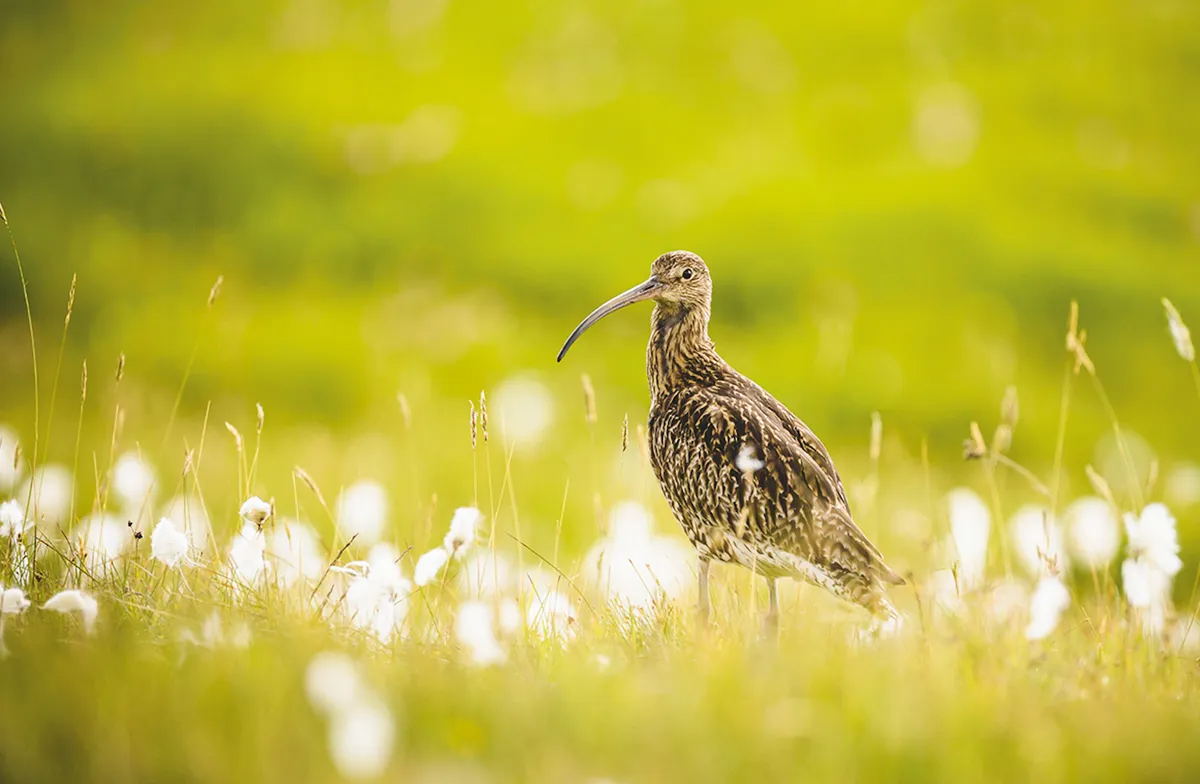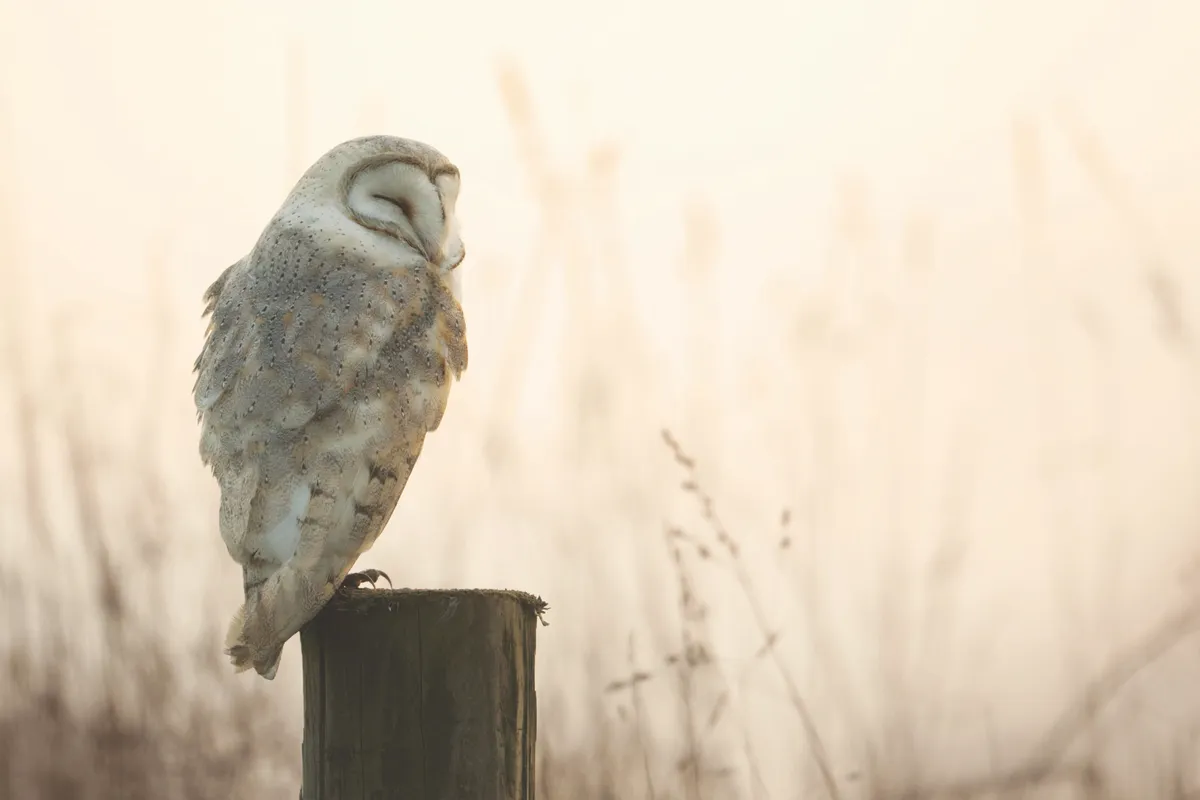The RSPB’s massive Geltsdale Nature Reserve lies at the northern end of the long Pennine chain, close to Cumbria’s border with Northumberland.
Covering almost 5,500 hectares and taking in two hill farms, the site rises to 621m on the windswept blanket bog of the aptly named Cold Fell. While winter maintains its grip on this heather moorland, still bereft of colour and speckled by patches of late-lying snow, signs of spring are evident lower down.

Wildlife at Geltsdale Nature Reserve
The call of the curlew is the first evocative signal of change in the air. Having spent the winter poking around on coastal mudflats with their long, curved bills, they are among many returning waders. Their inland nesting territory, where the hills meet farmed hay meadows, wetland and heath, is sensitively managed by the RSPB and its partners. Dynamic grazing, peatland restoration, tree planting and wetland creation are all conducted with wildlife in mind.
Over the coming weeks, other waders return to breed, filling the air with their calls. The ‘bleating’ of male snipe, the high-pitched, melodious piping of redshanks, and the haunting ‘pee-wit’ of lapwings can all be heard as you wander Geltsdale’s five waymarked trails, ranging in length from 1.5 miles to five miles.
There are also public rights of way, including a bridleway across Tarnhouse Rigg, where male black grouse perform their dawn ‘leks’ – flamboyant displays intended to draw the attention of females.
Another path skirts Tindale Tarn, where a viewing screen enables visitors to unobtrusively watch ducks, swans and geese out on the water. Other breeding birds include golden plovers, barn owls, ring ouzels, merlins, wheatears, whinchats and hen harriers, one of the country’s most persecuted birds of prey. Listen too for the cuckoo’s call.

Visiting Geltsdale
An unstaffed visitor centre at Stagsyke Cottages includes information panels, toilets and a gallery showcasing work by local artists. Even if you don’t fancy a walk, you can sit on one of the picnic benches and watch as finches and other birds flock to the feeders. Stagsyke is about a mile’s walk from the main Clesketts car park, but there is disabled parking outside the visitor centre.
Work on upgrading trail accessibility, including widening a bridge for mobility scooters, is planned for later this year. This is part of a broader scheme to restore a canalised beck – putting meanders back into the stream to create new wetlands and improve hay meadows.

